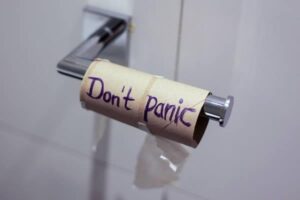
Under the Radar: Physical Therapy for Urinary Incontinence – Part 1
Yes, Physical Therapy for Urinary Incontinence is a Thing Urinary Incontinence Under the Radar: Part 1 November is Bladder Health Awareness month, and Femina PT

Under the Radar: Urinary Incontinence and Physical Therapy – Part 2
More About Urinary Incontinence and Physical Therapy Urinary Incontinence Under the Radar: Part 2 Welcome back for Part 2! November is Bladder Health Awareness month, and
